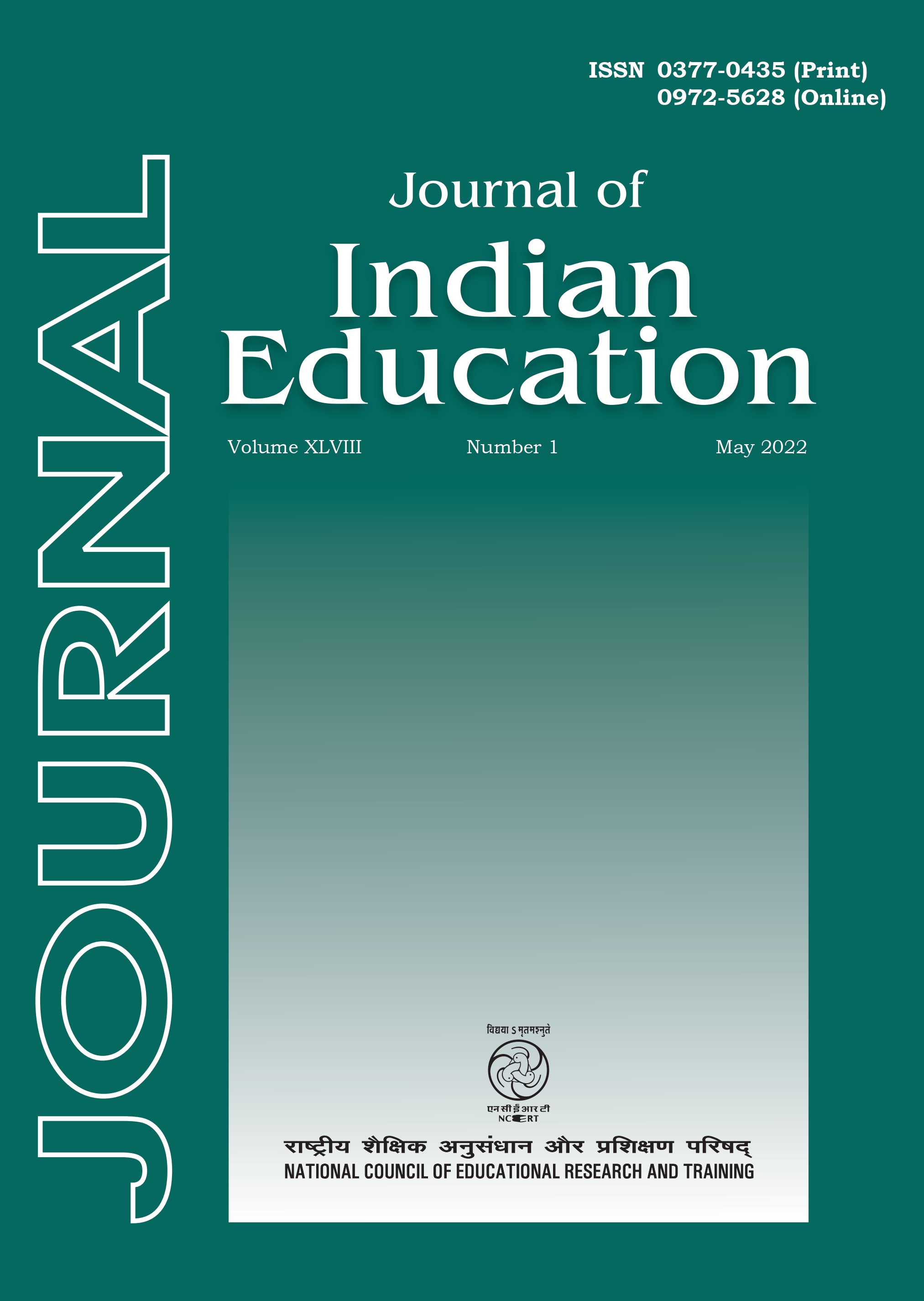Taare Zameen Par — A Case Study Pedagogical Use of Cinema and National Education Policy 2020
Published 2022-05-31
Keywords
- Pedagogy,
- National Education Policy
How to Cite
Abstract
This paper looks at cinema's pedagogical dimension and potential through the case study of Taare Zameen Par, a Hindi film released in the year 2007. The author has studied the film's impact on various stakeholders of the Indian education system and reflected on the practices for transformative education. We know that cinema wields tremendous power to engage and influence viewers, an eclectic mix of students, teachers, parents, educational administrators, policymakers, and others. This paper analyses the selected film’s contribution to shaping and changing perspectives on education. It further proposes the integration of cinema as a pedagogical tool in the new classroom being ushered in by the National Education Policy, 2020, which advocates doing away with learning by rote and mere reproduction of information. A discussion of the film Taare Zameen Par is relevant as the cinematic presentation of a student with learning difficulties raised many concerns about the quality of a learner's educational experiences that are today at the heart of the National Education Policy’s implementation. The author thus found it worthwhile to expand her area of inquiry to include the impact of changes in the education system through implementing NEP 2020 that “lays particular emphasis on the development of creative potential” of an individual. Cognitive learning is a part of a wider canvas of creating a knowledge society that takes cognisance of the students’ diverse dispositions and aspirations.

